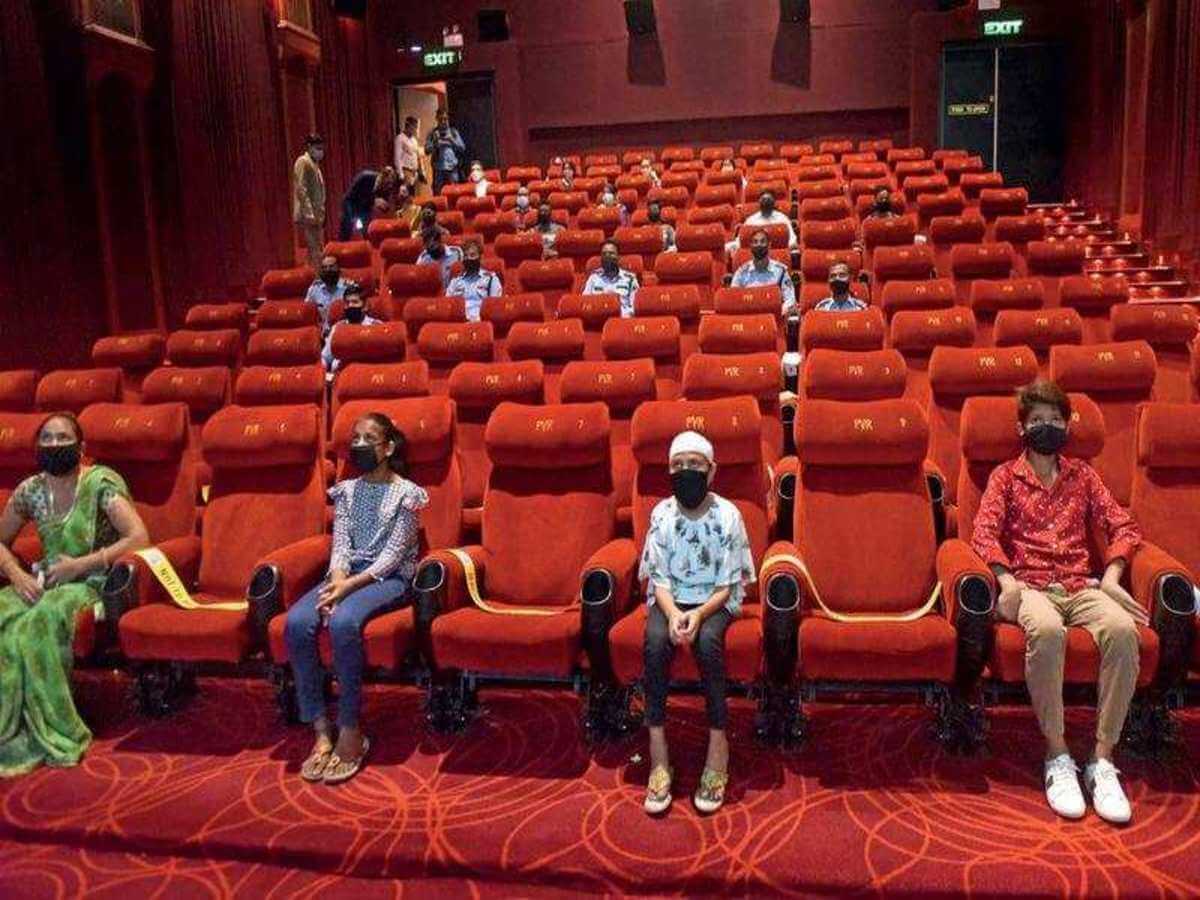By Vinod Mirani
Films were mainly made to entertain. Of course, some films catered to religious sentiments and some others to patriotic fervor. A rare few were also made to provide edge-of-the-seat thrills, the horror kind.
Filmmaking was never and is still not a social service. Big money is at stake in every film and, hence, the watchword for the maker is to provide universal appeal. The phrase meant that a film should appeal to all strata of society.
In that, the main objective was to cater to not just the family and ladies audience, described as gentry, or, to use another word, the balcony class, but also the masses that thronged the cinema halls from the day a new film released, cheered, clapped and threw coins at the screen if they enjoyed a certain song or dialogue. This lot made the film a success or a failure.
Those were the lovely days of the single screen film exhibition trade. As it were, India lacked adequate number of screens for such a large country and considering the number of films we made. The Hindi film industry alone made over 150 films a year. Most films in those days ran for 25 weeks, adding to the shortage of cinema screens.
To think that all the policies that the rulers from the Centre and the states ever made were unreasonable, making it tough for the cinema exhibition trade to survive.
The exhibition trade took it all in its stride, be it more than 100 per cent entertainment tax imposed by various states, almost two dozen licenses to be renewed every year and so on. None of these was possible without greasing palms.
The final blow to the very survival of the single screen was the advent of the multiplexes, welcomed with subsidies, entertainment tax holidays and such gifts laid out on the red carpet. There was no consideration for single screens and their survival. How would they survive such an onslaught? There was no level playing field.
The affordable cinema entertainment, where the crowds thronged, had been done to death. That was an era when for a favorite star’s film, like Amitabh Bachchan, cinemas in the hinterlands of Central India and some other parts, opened screening at 6 am in the morning. Cinema managements would report: There are more people outside than there are in the cinema hall, they would wait to take in the next show. No multiplex ever recorded such a phenomenon.
The multiplex culture turned a one-crore box-office into a multi-crore one. The corporate houses entered the business lured by the multi-crore tag.
That dream ended soon enough. Multi-crore business was not possible without mass participation. The corporate houses gave up, closed shop and now there were no more multi-crore budget films. A big blow to the multiplex chains.
For one, cinemas are out of business for 15 months due to the Corona pandemic-enforced lockdown! Meanwhile, OTT platforms are making rapid inroads and successfully filling the void. You don’t need to pay high admission rates, or even visit a screen to watch a film.
In such an event, was it right for the (now former) Information & Broadcasting Minister Prakash Javadekar to force new censor norms on the exhibition trade, norms which mean nothing?
Actually, all the complaints are about the content on OTT platforms and, on that, the I & B Ministry has been cooling its feet, doing nothing.
A few days after Javadekar made this announcement, he was sacked from the ministry but he sure did his bit to add one more nail to the coffin of the cinema business, especially the exhibition trade. Just like most other ministers before him.











